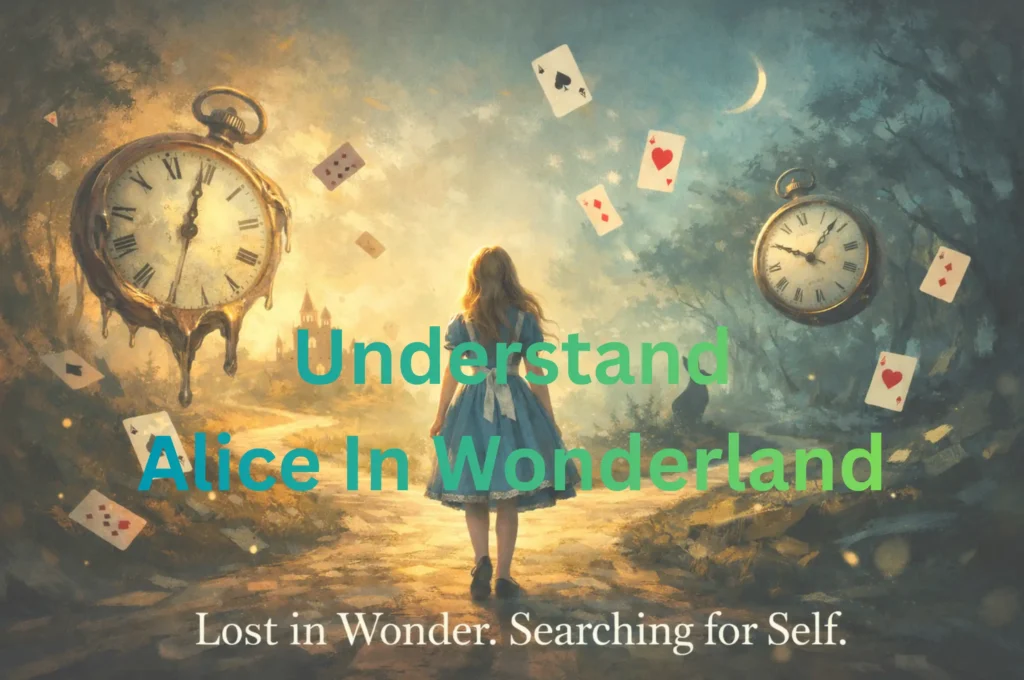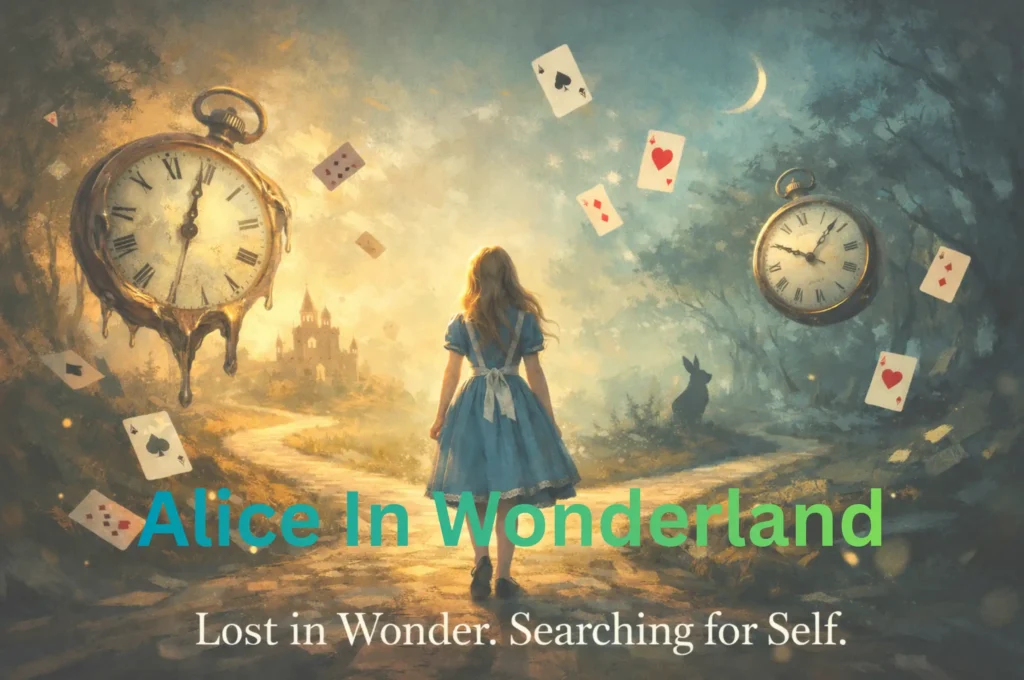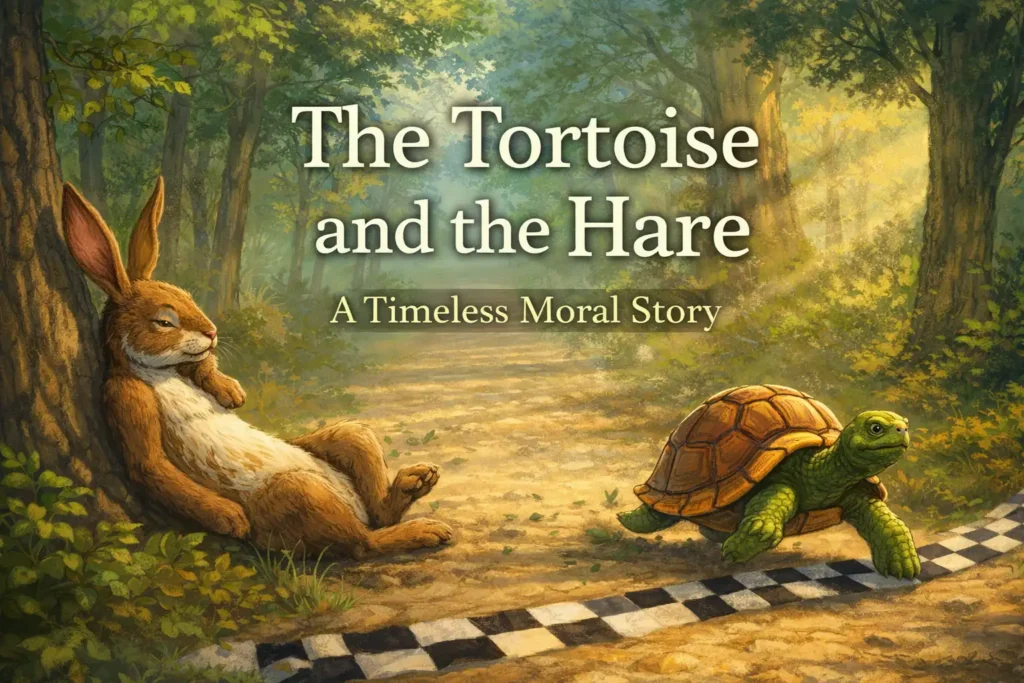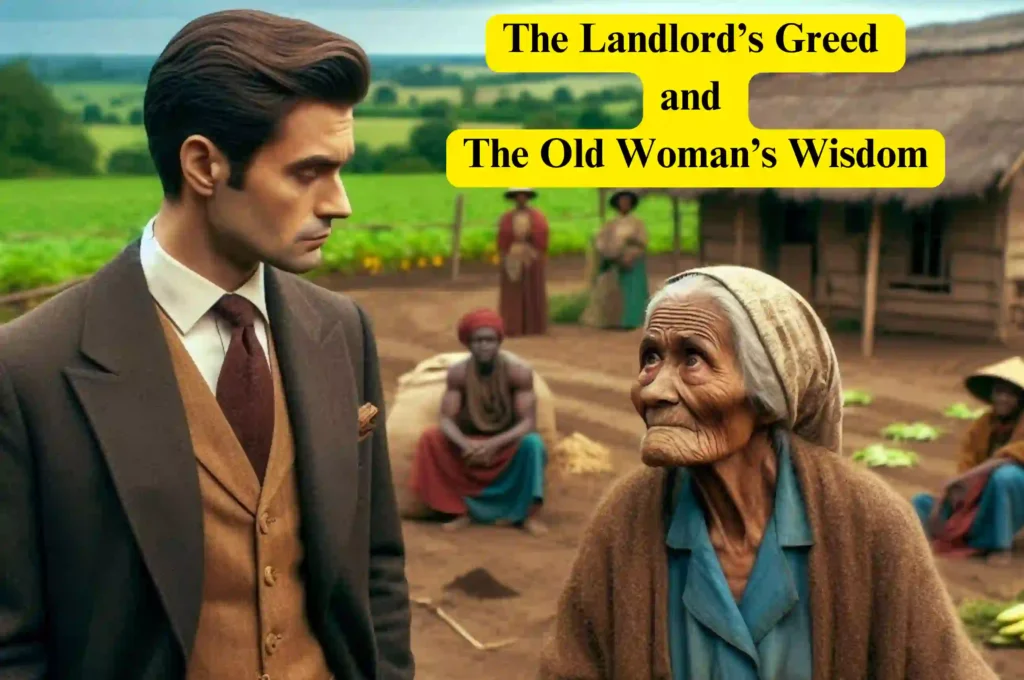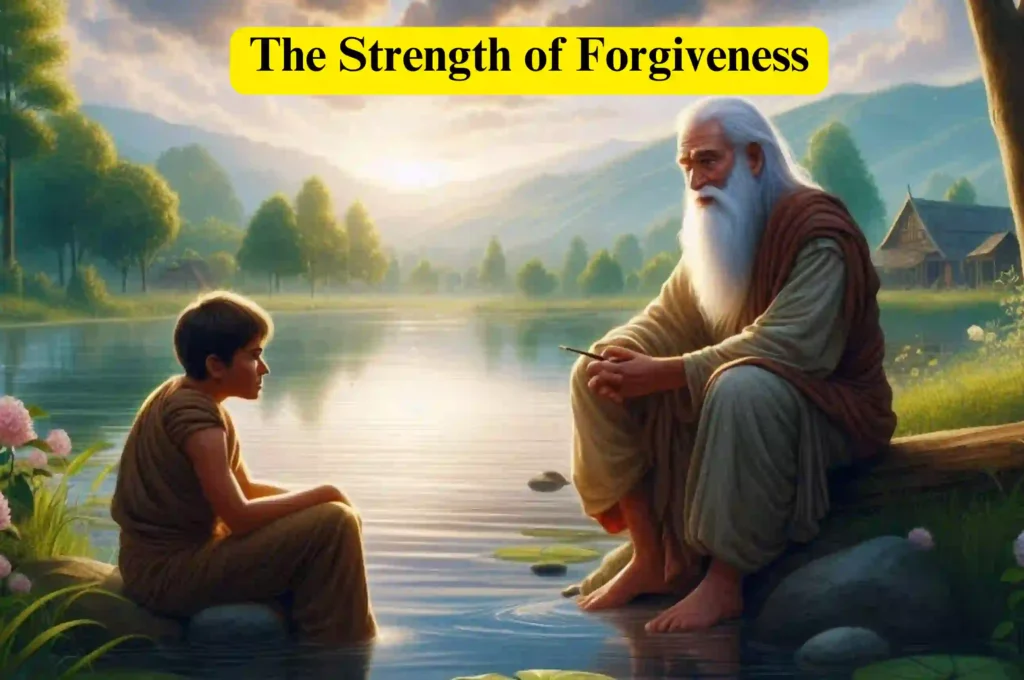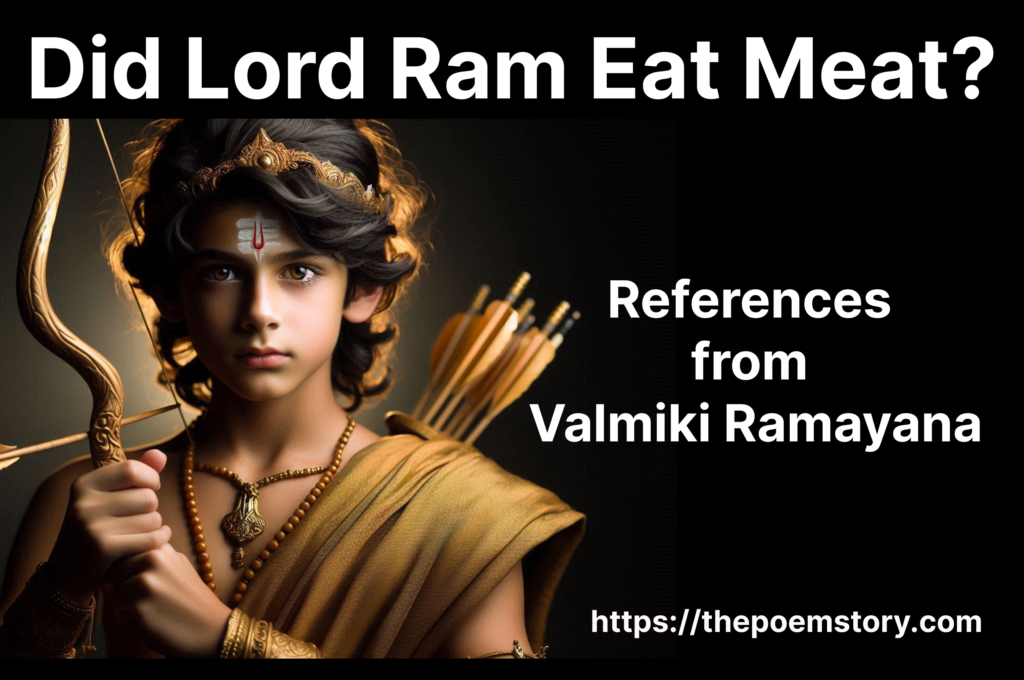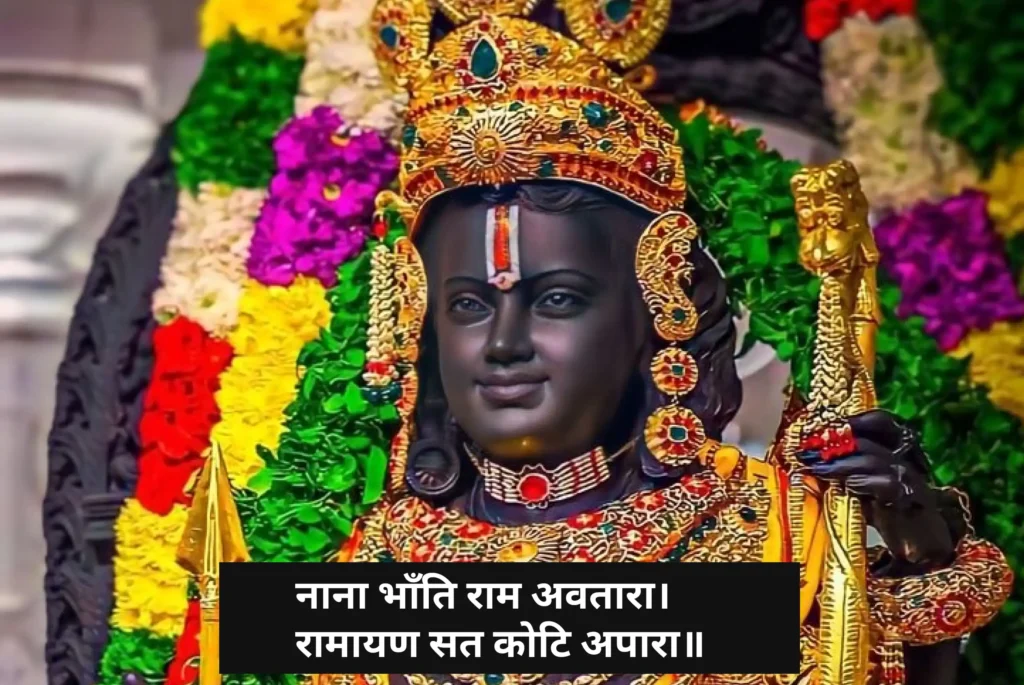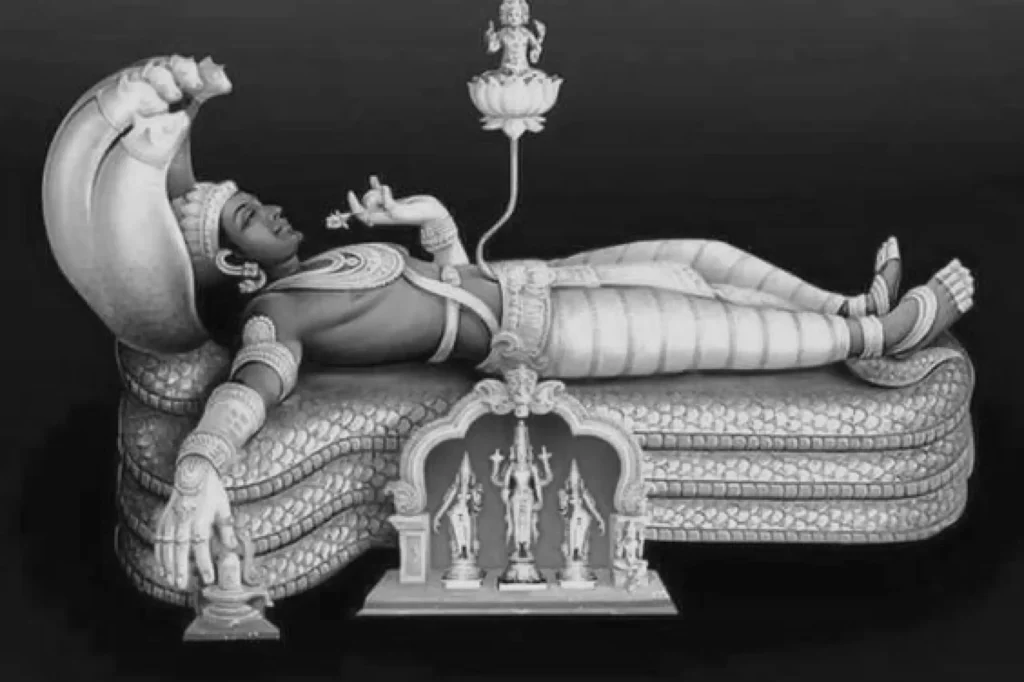In a world where Dharma and Science (religion and science) are often seen as adversaries, Bharat offers a unique perspective. Rooted in the timeless principles of dharma, this ancient land has shown that spiritual and scientific pursuits can coexist and even complement each other. Dharma, unlike dogmatic religion, is a dynamic framework that encourages inquiry, adaptation, and learning—a fertile ground where science has flourished for centuries.
From pioneering the binary number system to mastering time computation, Bharat’s contributions to global knowledge stand as a testament to this harmonious relationship. Ancient texts like the Sulba Sutras, Sushruta Samhita, and Jyotisha Shastra reveal a culture deeply invested in both spiritual wisdom and scientific progress.
As we reflect on this legacy, we are reminded of the importance of preserving and integrating these timeless philosophies into modern discourse. Dharma, after all, is not just a relic of the past but a guide for the future—a bridge between the spiritual and the scientific.
Throughout history, humanity’s survival and evolution have been driven by a single, primal instinct: survival. It is this unyielding quest for existence that has enabled humans to outlive challenges, adapt, and thrive. Central to this journey is our ability to think and seek—qualities that underpin both religion and science. While these two domains are often perceived as conflicting, the truth, especially in the context of Bharat (India), tells a different story.
Also Read: Significance of Indian History
Religion and Science | Dharma and Science
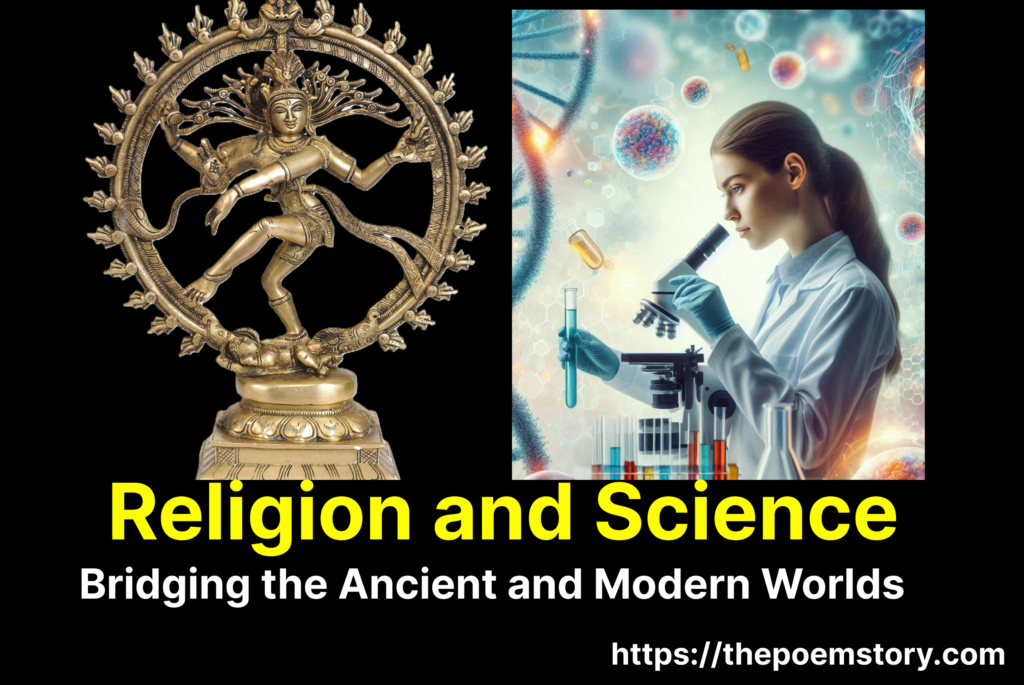
Table of Contents
The Misunderstood Relationship Between Religion and Science
Globally, religion and science are often seen as opposites, locked in a battle of ideologies. But in Bharat, the two have coexisted harmoniously. The key lies in understanding the nuanced difference between religion and dharma.
The word “religion” originates from the Latin religare, meaning “to bind.” It centers around faith, divine entities, and philosophies that guide human values. On the other hand, science derives from scientia (Latin for “knowledge”) and represents the pursuit of understanding through empirical evidence.
In contrast, dharma, a core concept in Bharat, transcends the restrictive framework of religion. Dharma embodies the ethical, moral, and natural order of the universe, encouraging humans to seek, learn, and adapt. Unlike dogmatic beliefs, dharma is fluid, evolving alongside human understanding.
Bharat’s Forgotten Scientific Heritage
Bharat’s history is replete with contributions to global knowledge in fields as diverse as mathematics, medicine, astronomy, and political science. Here are some of the remarkable achievements that showcase the symbiotic relationship between dharma and science:
- Binary Number System: The binary system, foundational to modern computing, traces its roots to Chanda Shastra, a Vedic text. Pingalacharya’s algorithms for rhythmic composition laid the groundwork for this mathematical innovation.
- Ayurveda: Derived from the Atharva Veda, Ayurveda represents a holistic approach to medicine, emphasizing prevention, cure, and harmony with nature. Ancient texts like Sushruta Samhita document detailed surgical procedures, including cataract surgeries and plastic surgery.
- Geometry and the Pythagorean Theorem: Long before Pythagoras, Vedic scholars articulated geometric principles in the Sulba Sutras. This knowledge was instrumental in constructing altars and temples.
- Calculus: Bharat’s contributions to calculus predate Newton and Leibniz by centuries. This mathematical framework, documented in Jyotisha Shastra, was used to understand celestial movements.
- Time Computation: Ancient Indians developed unparalleled methods of time computation, with Ujjain serving as the center of astronomical research. The prime meridian originally passed through Ujjain before being shifted to Greenwich in 1884.
- Embryology: The Garbha Upanishad meticulously describes the development of the human embryo—a feat only rediscovered by modern science in the last few centuries.
- Political Science: Chanakya’s Arthashastra, rooted in the Atharva Veda, established principles of governance, commerce, and statecraft that remain relevant today.
Schools of Thought in Bharat
Bharat’s intellectual tradition nurtured six philosophical schools, known as darshanas, each offering unique perspectives on life and the universe:
- Yoga: Focuses on harmonizing the mind, body, and nature.
- Nyaya: Advocates logic and reason as tools for understanding.
- Vaisheshika: Explores the material world, delving into atoms and the cosmos.
- Samkhya: Analyzes cause and effect in the natural world.
- Mimamsa: Critiques human actions and their consequences.
- Vedanta: Examines the purpose of life through devotion and spiritual inquiry.
These schools demonstrate a profound integration of science and philosophy, making dharma a fertile ground for intellectual growth.
Pramanas: Refining Knowledge Acquisition
To ensure the authenticity of knowledge, ancient Indian scholars developed six pramanas (methods of validation):
- Pratyaksha: Knowledge through direct experience.
- Anumana: Logical inference.
- Upamana: Learning through analogy.
- Arthapatti: Factual extrapolation.
- Anupalabdi: Understanding through negative reasoning.
- Shabda: Knowledge from authoritative texts and teachings.
These methods formed the backbone of critical thinking and inquiry, enabling Bharat to achieve scientific milestones.
Preserving Dharma for the Future
Bharat’s rich scientific and philosophical heritage faced significant setbacks due to invasions and colonization, which disrupted its knowledge systems. However, the essence of dharma remains a beacon, urging us to embrace rationality, critical thinking, and an inquisitive spirit.
In a world increasingly dominated by pseudoscience and dogma, it is vital to differentiate between science, pseudoscience, and spiritual practices. True science thrives on questioning and learning from failures, while pseudoscience resists scrutiny.
Conclusion: Reviving Bharat’s Legacy
Dharma, with its open-minded and human-centric ethos, provided a strong foundation for scientific inquiry in Bharat. It is our collective responsibility to rediscover and integrate this heritage into modern education. By doing so, we honor the vision of our ancestors and ensure that their legacy of knowledge and critical thinking continues to inspire generations.
As Martin Luther King Jr. aptly said, “Our lives begin to end the day we become silent about things that matter.” Dharma matters. Let’s preserve it.
What do you think of Bharat’s scientific heritage? Share your thoughts in the comments below!
Read Technical Blogs on: https://byqus.com
